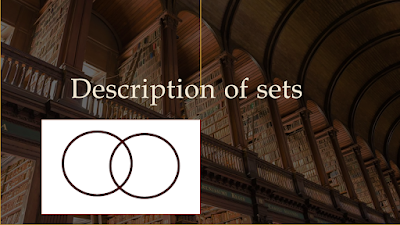Operations with sets
-Finding union of two sets
-Finding the complement of a set
-Finding the number of elements in the union and intersection of two sets
Subsets
B/Maths Form II-Listing subsets of a given set
-Difference between proper and improper subset
-Calculating the number of subsets in a set
Types of Sets
B/Maths Form II-Differences between finite and infinite sets
-Differences between equivalent and equal sets
Graphs of relations
B/Maths Form III
Graphs that involve equations are drawn using all procedure used to draw the graphs of equations. For example when drawing the graphs of linear equations we can use table of values or using x and y intercepts.
The relations involving inequalities are drawn as when drawing equations, the difference is that in graphing inequalities:
- when > or < symbol is used we draw the graph using dotted lines while when >= (greater than or equal) or <= (less than or equal symbol) is used we draw a line using bolded line.
- we normally shade the area satisfying the given relation
- domain and range is found by considering the values of x and y in an area where our graph covers
Subscribe to:
Comments (Atom)
Search Here
Ask questions Here, Let us Discuss
Drop your question here
If you have a problem in solving algebraic equations and expressions Click Here, type your equation get help in fraction of minute.
If you have a problem in solving algebraic equations and expressions Click Here, type your equation get help in fraction of minute.








